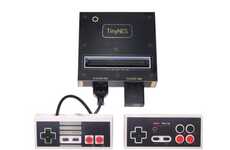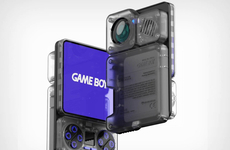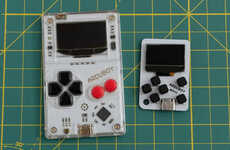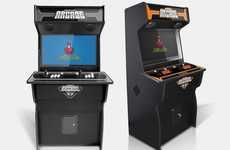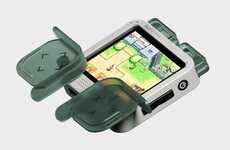
Teagueduino Offers Mario in a Fun Low-Tech Manner
References: kickstarter & geektyrant
The Teagueduino may look like a diorama of some sort, but there's more than meets the eye to this wonderful little contraption; think of the Teagueduino as a video game in a box. Using a variety of material such as circuit boards, speakers, lights, five inputs and ouputs, the team has managed to transform Super Mario into a low-tech game.
Instead of a screen with a controller, you get a box filled with a paper cardboard version of the classic Nintendo game. So how do you play this? The idea behind it is to use the knob to make Mario jump up and down and avoid obstacles as the background scrolls. It does get harder, because the scrolling will speed up as you go along.
Instead of a screen with a controller, you get a box filled with a paper cardboard version of the classic Nintendo game. So how do you play this? The idea behind it is to use the knob to make Mario jump up and down and avoid obstacles as the background scrolls. It does get harder, because the scrolling will speed up as you go along.
Trend Themes
1. Low-tech Gaming - Opportunities for creating video games that use low-tech materials and methods.
2. Physical Gaming - Opportunities for creating physical, tactile gaming experiences beyond traditional screens and controllers.
3. DIY Gaming - Opportunities for creating gaming experiences that are customizable and can be built by users themselves.
Industry Implications
1. Gaming Industry - The gaming industry can explore ways to create unique gaming experiences through physical and low-tech methods.
2. Education Industry - The education industry can use low-tech gaming as a teaching tool for various subjects, from history to math.
3. Toy Industry - The toy industry can create products that combine gaming and physical play to offer unique and engaging experiences for children.
4.2
Score
Popularity
Activity
Freshness


